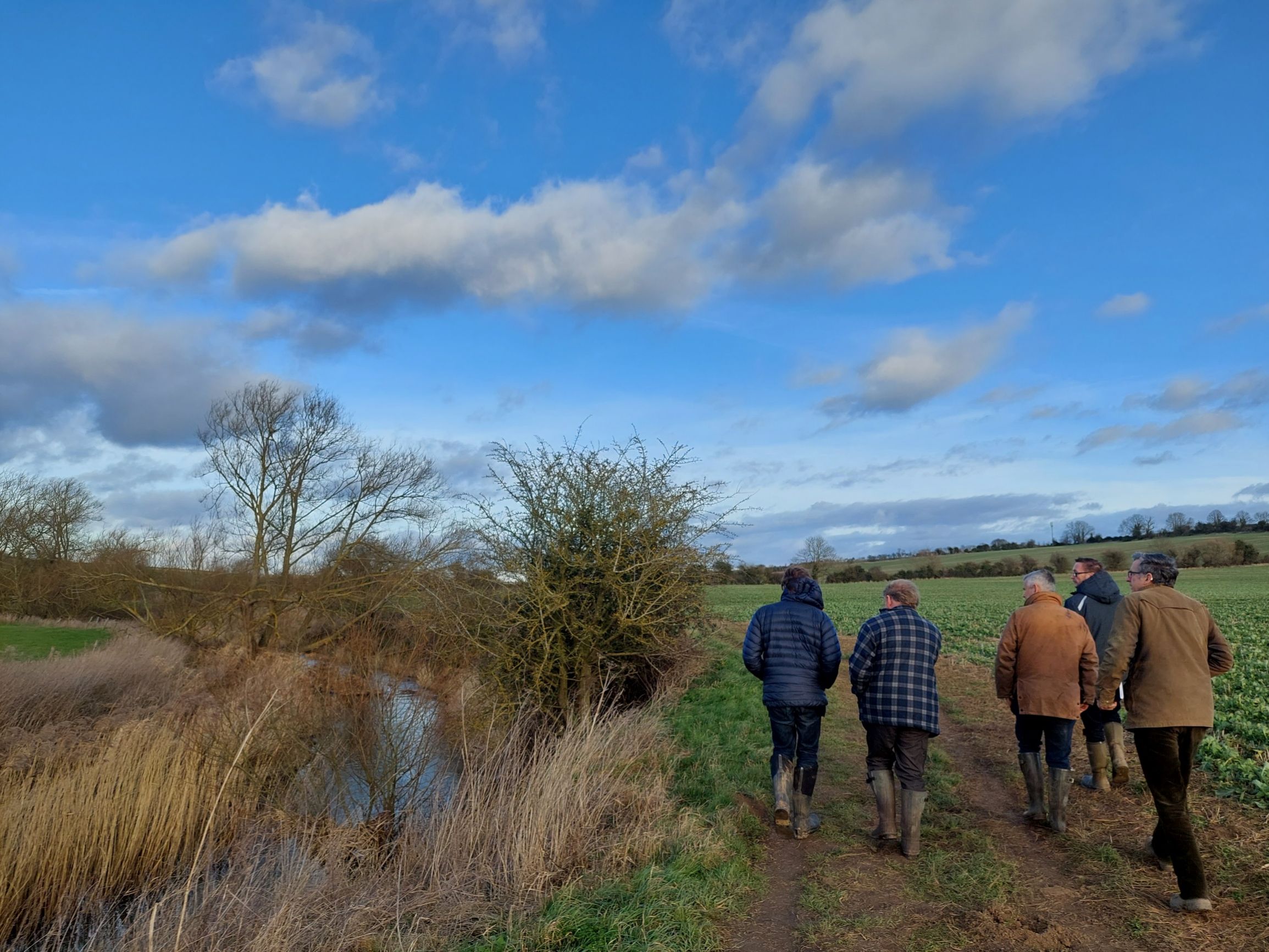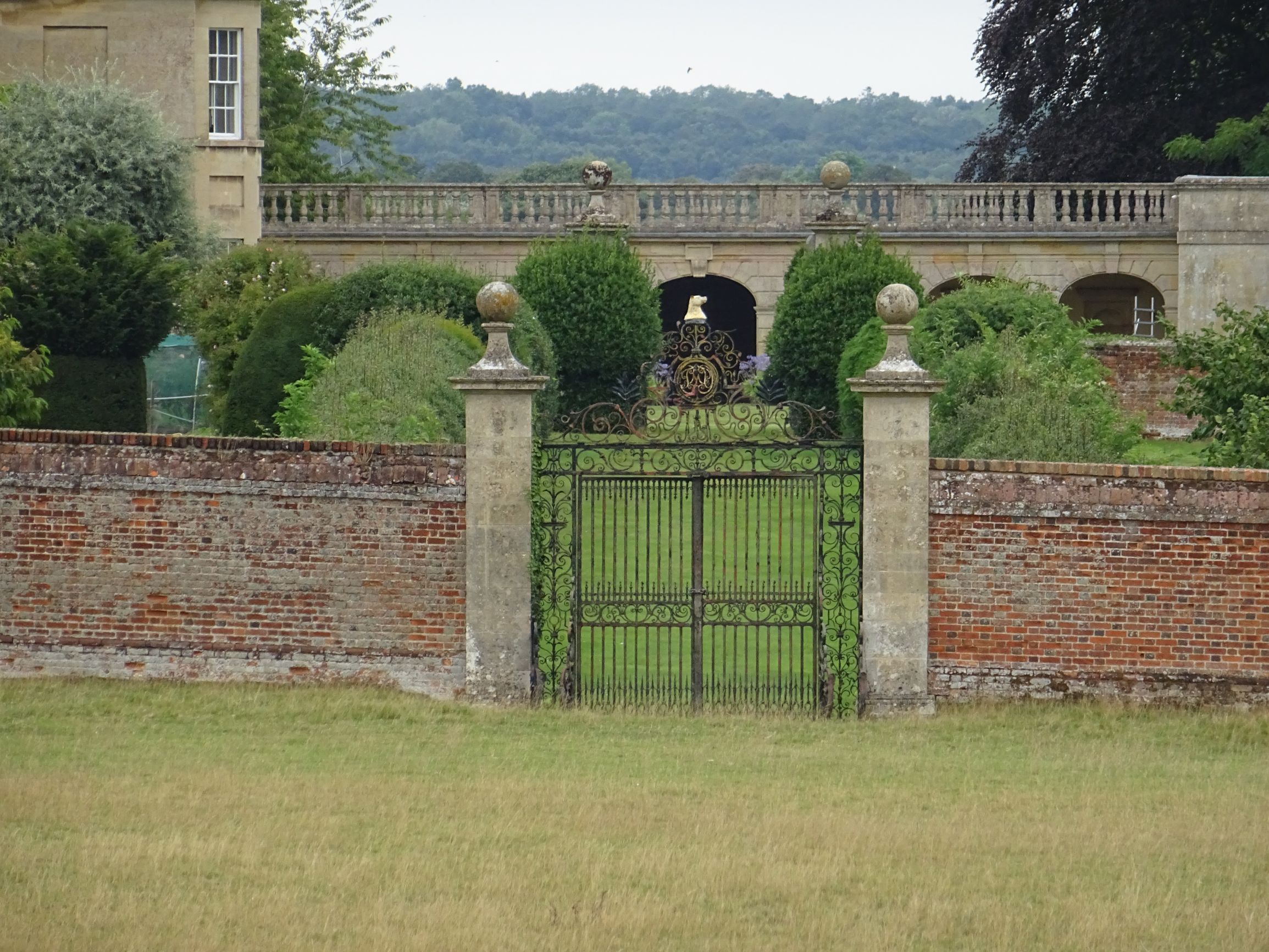We are delighted to announce that Harringworth Park Wildlands has been shortlisted in the Landscape Institute Awards 2023 in the Biodiversity, Conservation and Enhancement category!
The Estate
The Bulwick and Harringworth Estate has been in the family of the current owner, Mr R Conant, since 1619. It is located to the north-east of the Northamptonshire town of Corby and encompasses much of the land between the villages of Harringworth and Bulwick. The Estate, extending to some 4070 acres, is broadly typical of those found in the Rockingham Forest National Character Area (NCA: 92) with some localised exceptions.
The Opportunity
The Harringworth Wildlands Project is an exciting opportunity to research, understand, and implement large scale land management initiatives across the Bulwick and Harringworth Estate, Northamptonshire for the benefit of ecology, land restoration, improved access and public engagement with the landscape and history of the Estate. The brief was to establish a thorough baseline of the existing history, landscape and habitats in order to develop a Countryside Stewardship Feasibility Study for the proposed wilding of areas of the Estate.
The client team, comprising of Bulwick Home Farm and Natural England, commissioned Southern Green to lead a multi-disciplinary delivery team, including MKA Ecology, to:
• Gather detailed baseline data over a range of topics i.e. wildlife, habitat, historic environment, water, landscape etc. This would allow the correct management to be applied and allow the assessment of the ecological, wildlife and landscape potential change over the course of the project
• Develop land management recommendations based on the baseline findings and in close consultation with the client team and relevant stakeholders
• Include management of the SSSI, sympathetic management of historic environment features, opportunities for habitat creation i.e. species rich grassland creation, a range of pollinator options across the arable farmland, resource protection and natural floodplain management measures, as well as educational access
• Assess and incorporate the findings of the separately commissioned work by the Rare Breeds Survival Trust, working closely with them to develop proposals
• Incorporate findings. where applicable, of the Wildlife Trust for Cambridgeshire, Bedfordshire and Northamptonshire Habitat Opportunity Mapping (HOM) exercise
• Address the restoration needs of the parkland around Bulwick Hall
• Develop all findings and recommendations into a proposed Masterplan and Schedule of Works
Our role
Southern Green led a multi-disciplinary team to work to the rigorous Natural England PA2 Feasibility Study brief to undertake a thorough programme of surveys, analysis of findings, and development of a robust and informed masterplan and programme of works that would be used to apply for Higher Tier Countryside Stewardship funding. Surveys covered ecology, hydrology, archaeology, arboriculture, historic landscape, agriculture, public access and landscape character. The evaluation of the Estate’s assets has provided an extremely valuable resource, and informed a robust baseline.
Southern Green’s experience and skill in analysing this material, and defining significance and vulnerability, was vital in helping to develop the management principles which informed the masterplan. The practice led and coordinated a diverse team of consultants, to provide a cohesive and accessible report that captures the history and future of the Estate as it has never before been captured. The Southern Green team held a series of meetings with the owner, the estate’s advisor, and Natural England to develop the masterplan.
As lead consultant, Southern Green ensured that the masterplan provided balanced proposals reflecting the Estates priorities, conserving and changing the management of areas to increase biodiversity, whilst maintaining areas of conventional farming, respecting the heritage of the site and encouraging safe public access and increased engagement.
What Natural England say...
“Harringworth Park Wildlands is an important project for Natural England in Northamptonshire where the organisation and Southern Green have been able to work with the landowner to look to create BAP habitat on a landscape scale.
This exciting habitat creation scheme has been informed by a comprehensive Feasibility Study that reflected our priorities for 2020 to 2025 in the Rockingham Forest NCA and the ambitions of the government’s 25 Year Environment Plan. These include:
• a well-managed Nature Recovery Network across land, water and sea, which creates and protects resilient ecosystems rich in wildlife and natural beauty, enjoyed by people and widely benefiting society
• people connected to the natural environment for their own and society’s wellbeing, enjoyment and prosperity
• Nature-based solutions contributing fully to tackling the climate change challenge and wider environmental hazards and threats
• improvements in the natural capital that drives sustainable economic growth, healthy food systems and prospering communities
Southern Green has assisted Natural England and the Estate in realising our ambitions to deliver biodiversity benefits as part of an integrated Masterplan, enhancing and connecting habitats whilst conserving the many heritage assets and improving public access. They have been extremely thorough in their work, coordinating inputs from specialists, responding to the clients and Natural England’s vision as well as the many stakeholders’ comments. Southern Green’s report is an exemplar Natural England Feasibility Study – analytical, innovative, accessible and extremely attractive, and most importantly, a document that will be used by the Estate and Natural England for many years to come.”
Next Steps
In 2023 the Estate has started implementing the proposals form the Feasibility Study following a successful Countryside Stewardship application. Initially there have been introductions of more rare breed cattle and sheep which help simulate the actions of natural large herbivores on promoting ecological processes. They also provide an opportunity to sustainably produce meat on land that’s been mostly quarried and has little other productive use.
The Estate is currently installing new information boards about the livestock, setting out how they improve the ground for biodiversity, carbon storage and water flow. The boards will also explain how the animals behave, notably the rare breed cattle.
We look forward to seeing the Harringworth Wildlands evolve as the Feasibility Study proposals are implemented and natural ecological processes take root over the coming years.










